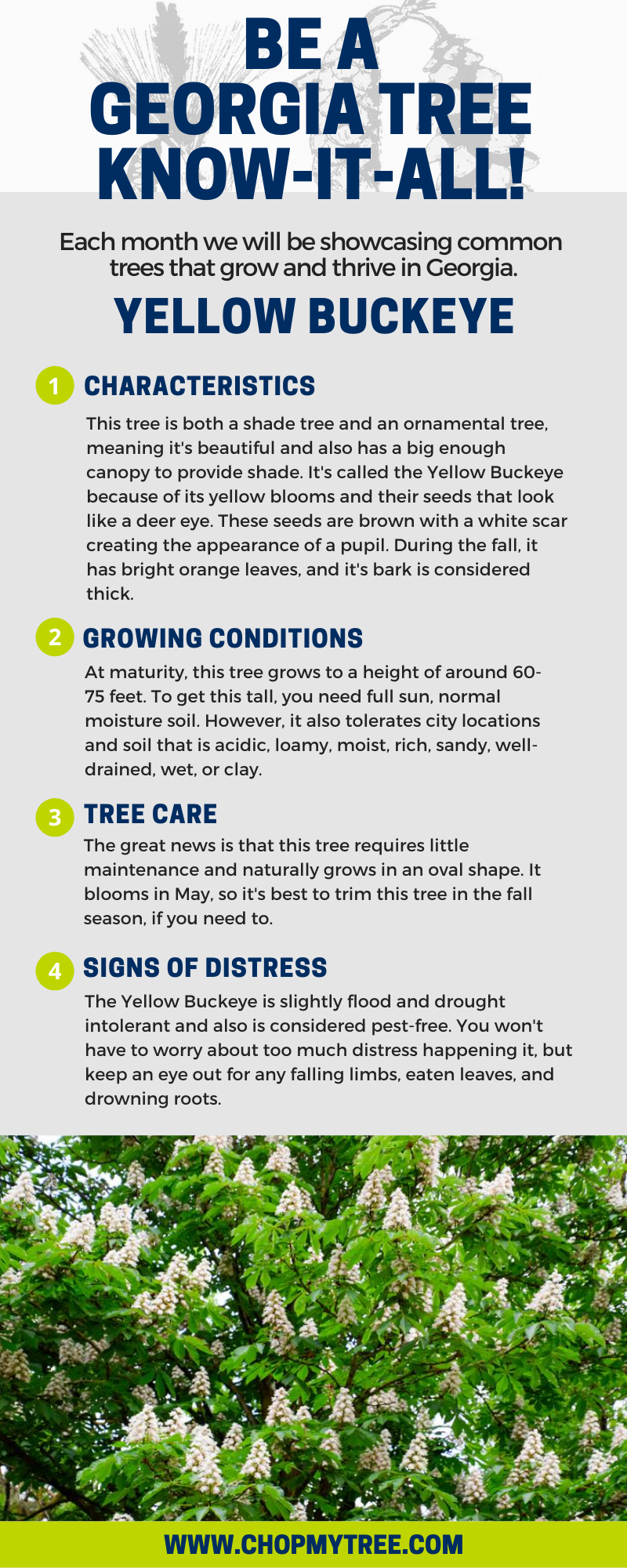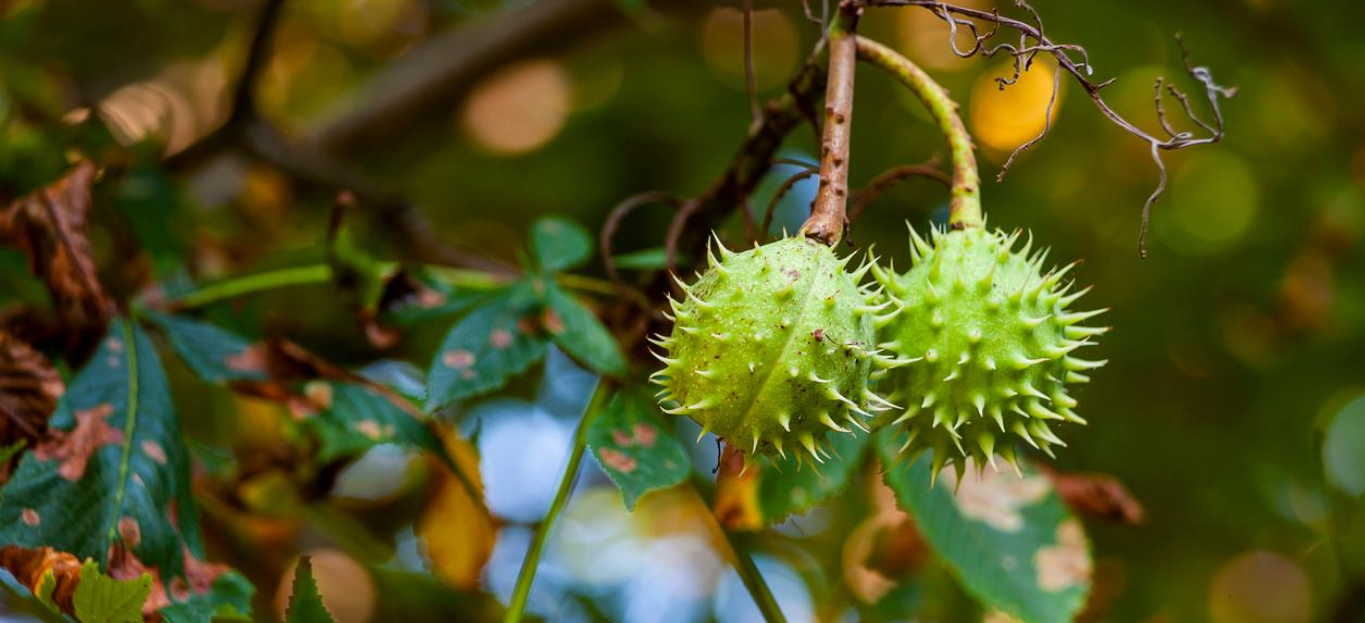There’s a lot going on in the world right now. Living through a pandemic, trying our best to stay afloat during turbulent times in the economy, and watching many political movements take place across the globe. However, one problem that’s long existed is environmental sustainability.
With that in mind, we’re sharing how planting trees impacts the environment.
The Good
Most people know and believe that a lot of our environmental issues started with the removal of entire forests and thousands upon thousands of trees. That’s because trees are vital to our ecosystem. They absorb greenhouse gases that cause global warming, and when trees are gone, they aren’t able to eat the carbon dioxide that is released into the atmosphere thanks to our habits.
Planting more trees helps to take a step back in those issues. More trees mean less global warming, which means less extreme weather and temperatures.
The Bad
Recently, some studies have researched the true impact that millions of trees planted have on our planet. The results are less than promising. This isn’t to say that the effort shouldn’t be done. It just may not yield the results we’re hoping for as quickly as we would want.
For starters, simply planting young trees and walking away won’t cut it. Smaller trees don’t have the same benefits as older trees when it comes to processing carbon dioxide. As we all know, nurturing mature trees takes time. On top of this, saplings are at higher risk for succumbing to droughts, diseases, pests, and flooding. This unfortunately means that many of the young trees planted may not make it.
However, let’s say that all of the trees do make it. Unfortunately, that can lead to other issues too. If thousands of trees are all growing right next to each other, those trees will be stunted in their growth. Severe competition for the same dirt to grow their roots and the same sun to soak up can do that to trees. However, if some trees were removed, it would allow the others to flourish and have plenty of room to grow.
The other problem with that many trees in the same area is a lack of biodiversity. If we planted thousands of elms in one location, that means all it would take is a single group of pests or diseases to wipe them all out. That’s why planting multiple types of trees can improve the area, but that can be harder to do when it comes to resources and time.
The End Result
There’s a lot we’re still learning and trying to accomplish when it comes to improving our environment and saving our home. As we are discovering, planting millions of trees isn’t the only action we need to do. Instead, we need to think about where we plant them, how many we plant, and also focus on improving biodiversity.
Have further questions about how planting trees impacts the environment? Our experts are here to help! If you’re interested in utilizing our expertise, feel free to reach out to us by clicking here or by giving us a call at 404-252-6448.








